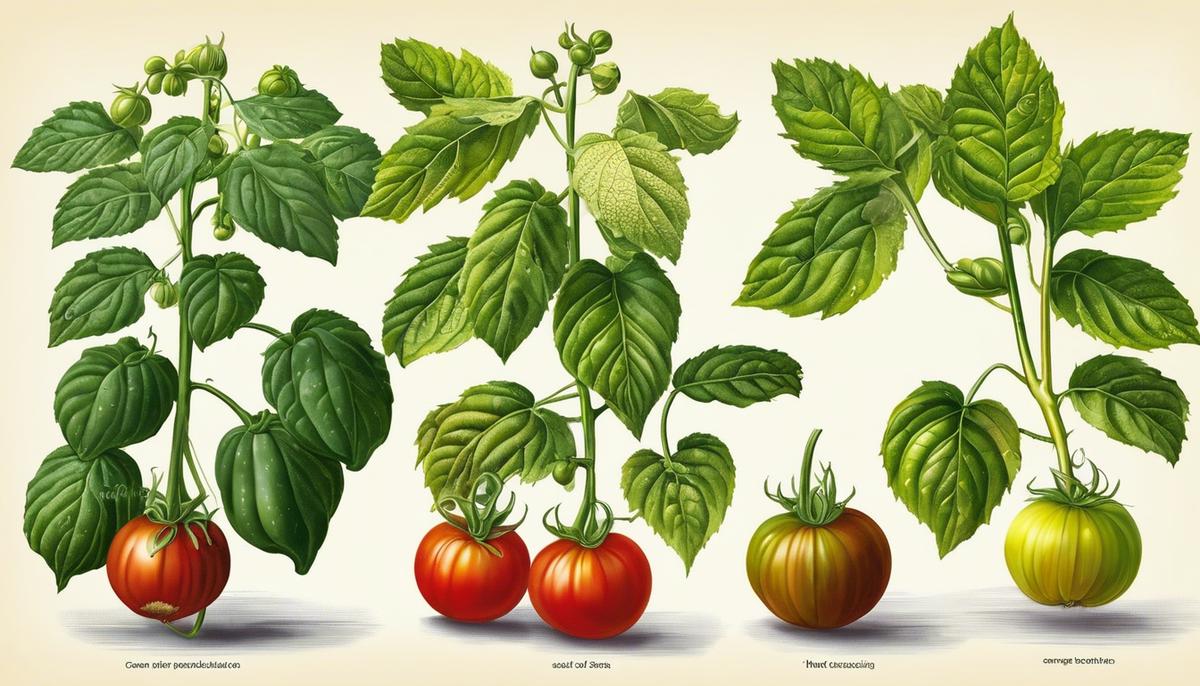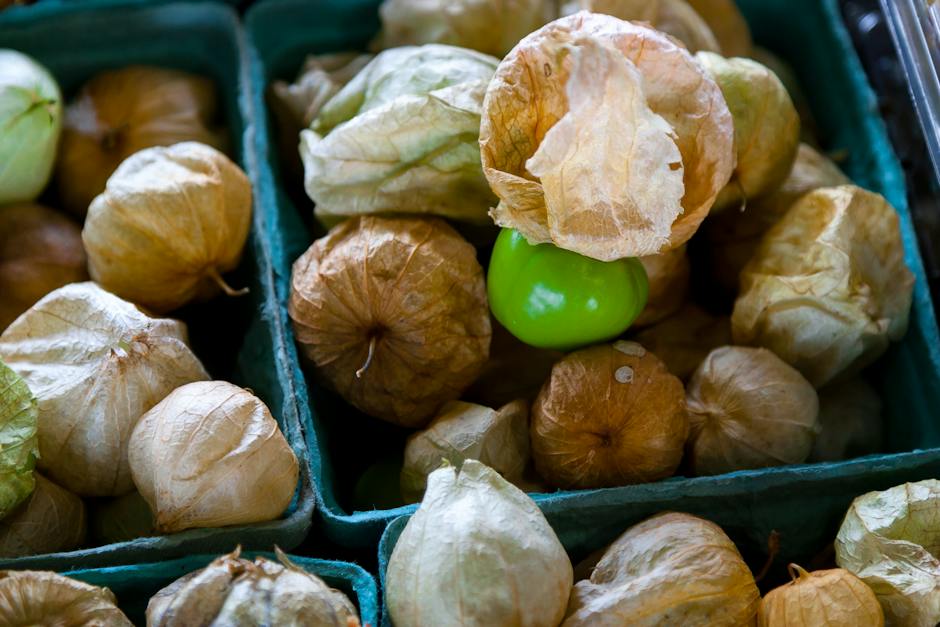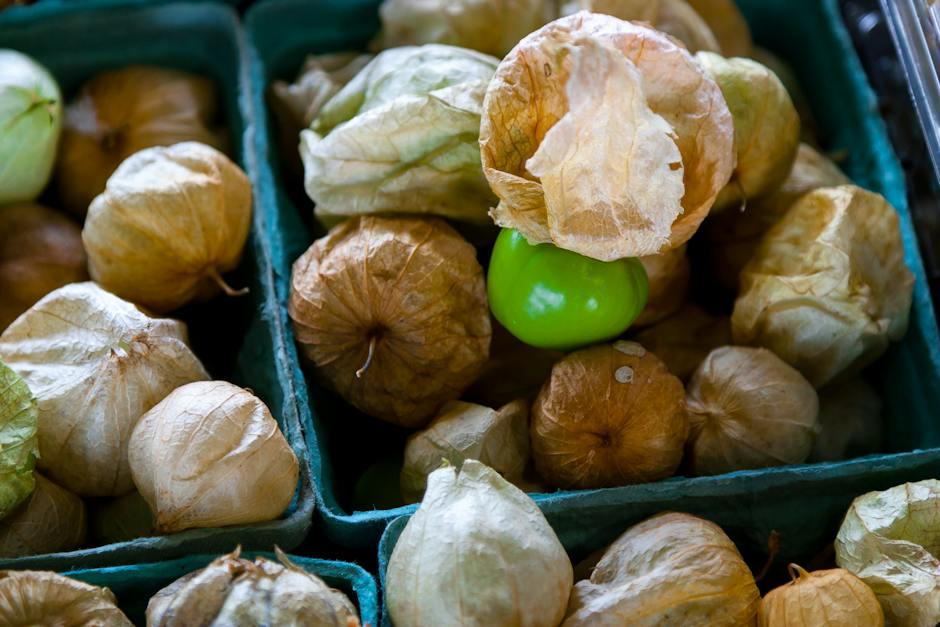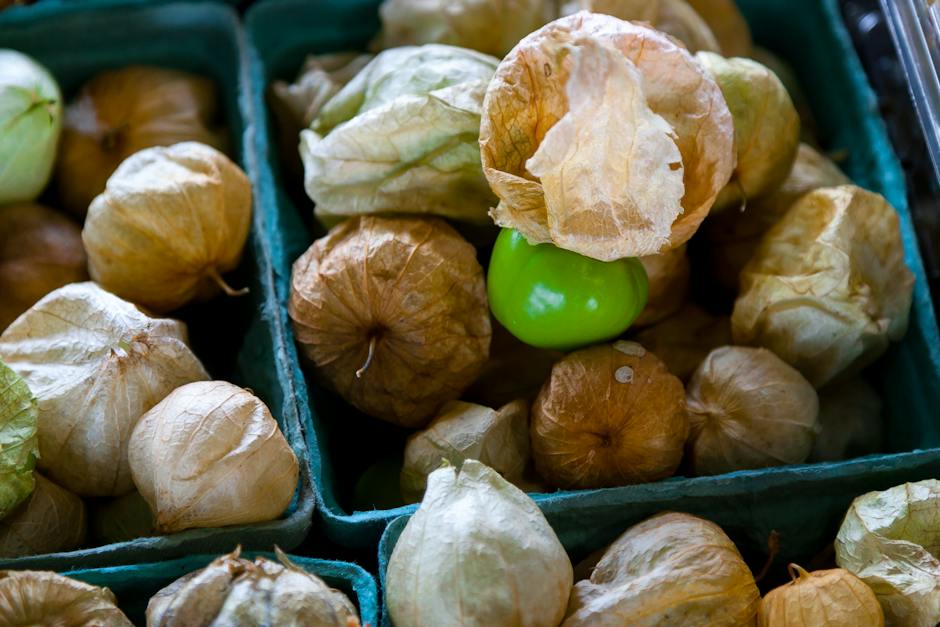Determining The Ripeness of Your Tomatillos

With their unique and tantalizing flavor, tomatillos form the backbone of many delectable dishes, particularly in Latin American cuisine. Cultivating and harvesting tomatillos in your garden can offer a fresh and economical approach to having these green orbs at your disposal. However, the key to maximizing their flavor profile in your culinary creations lies in being able to pick them at just the right stage of ripeness. This involves a keen understanding of the tomatillo growth cycle, recognizing the visual cues that signify ripeness and conducting tactile and taste tests effectively. By mastering these steps, you can ensure that every tomatillo you harvest contributes to an exquisitely balanced and flavorful meal.
Understanding Tomatillo Growth Cycle
All from Seed to Sauce: The Glorious Growth Cycle of Tomatillos
Unfolding the mystical life cycle of a tomatillo plant may seem like a journey through a botanical wonderland. These delightful orbs, sheathed in a papery husk, unlock a treasure of tangy flavor, essential for a palatable Mexican green salsa or a hearty chili verde. What begins as a humble seed rapidly transforms into a plant bearing luscious, lantern-encased fruits, dance-worthy for any food lover or culinary aficionado. Let’s untangle the vibrant tomatillo growth stages and fill our minds with seeds of growth, passion, and culinary possibilities.
First off, let’s plant the seed—quite literally. Tomatillo seeds, sown indoors, about six to eight weeks before the last frost of spring, offer the perfect head start. Under nurturing conditions of warmth (70°-80°F) and sufficient sunlight, these seeds germinate in 7-14 days, promising the birth of new flavor adventures.
Next comes the joyous seedling stage. Transfers to individual pots become necessary when the seedlings produce their second set of leaves, their “true leaves”. Adequate heat, light, and moist conditions are pivotal for a sturdy growth foundation. The seedlings then get accustomed to outdoor conditions in a process known as “hardening off” before being transplanted outdoors.
Vigorous growth characterizes the vegetative stage where the energy focuses mostly on building leaves and stems. Perhaps, an opportunity for the plant to show off its enchanting green foliage and firm, straight stems. Tomatillos love the sun; a solid six hours of sunlight daily keeps them cheerful and robust.
Not far off from the vegetative stage is when our tomatillo plant begins to blossom. And yes, it’s as romantic as it sounds. Clusters of sunny yellow flowers brilliantly freckle the vibrant green canvas of the plant. Cross-pollination is crucial here for the fruit set. Tortilla chip lovers, don’t panic if a few flowers drop off before fruiting. It’s all part of the tomatillo’s alluring showmanship!
Finally, the stage we’ve all been eagerly waiting for—the fruiting stage. Once the flowers are pollinated, small green fruits emerge, a truly delightful sight. Encased in an intricate husk, the fruits mature and harden, eventually filling out their husks. Regular watering and occasional organic fertilizing during this stage assure an abundance of succulent, tangy tomatillos ripe for the cooking pot.
The Craig Claiborne quote “Cooking is at once child’s play and adult joy” rings true when nurturing a tomatillo plant at every stage. After all, isn’t the marvel of a seed transforming into a vibrant plant, offering a feast of flavors, one of life’s simplest and most enjoyable pleasures?
Now that you’re equipped with the knowledge of the glorious growth cycle of tomatillos, it’s about time to put on the gardening gloves and kickstart this culinary journey. Whether they end up in a vibrant salsa verde, a robust chili, or a wonderfully comforting soup, there is no limit to the culinary wonders one can whip up with homegrown tomatillos.
After all, there’s nothing quite like the taste of homegrown produce is there? An absolute joy for the taste buds, the belly, and ultimately, the soul.

Visual Cues of a Ripe Tomatillo
Visual Clues to Evaluate the Ripeness of a Tomatillo
Eating those tangy, limey green jewels known as tomatillos sends a powerful jolt to the tastebuds. For those who share an admiration for these versatile orbs, knowing when they’re ripe is a bit like finding out the secret ingredient in a much-loved family recipe. It’s a unique knowledge that enhances both the nurturing and culinary journey. So, how does one understand when a tomatillo is at its ripest?
Let’s start with something incredibly simple: size. A tomatillo is ripe when it reaches at least one to two inches in diameter. This is a general guide, just remember not to let them get too big, or they’ll lose their distinctive flavor. Size truly does matter when it comes to these delightful fruits.
Color is another key element to decipher a tomatillo’s ripeness. Most people associate tomatillos with the color green. Yes, most tomatillos are mature when they are a bright green color. But don’t be shocked to find ripe tomatillos in shades of purple or yellow – these are simply different varieties, each offering their own unique twist on the classic tangy flavor. A good rule of thumb is this: if the fruit has turned from a light green to a deep, saturated color, it is ripe.
Texture is also essential when assessing ripeness. A ripe tomatillo has a firmer feel, similar to a ripe tomato. Too soft, and it’s overripe. Too hard, and it still needs time. Let your fingertips be your guide here, feel around the fruit gently to determine its potential.
Fascinatingly, the husk that encloses the tomatillo acts as a ripeness window. As the fruit matures, it fills the husk until it’s a tight fit. A husk that’s evenly filled out, bursting at the seams with the fruit inside, signals a tomatillo at the height of its ripeness. If the husk is loose, the tomatillo inside is likely not at prime readiness.
The final tip is to look for a glossy finish on the fruit’s skin when the husk is removed. Ripe tomatillos reveal a shiny and taut skin beneath the husk. If it’s dull or shriveled, the fruit might not be at its peak.
These visual cues are not merely superficial features but significant symbols of ripeness. Understanding the language of a tomatillo’s appearance enhances the growing experience, and ensures that your homegrown tomatillos will deliver the most flavorful punch. Whether you are whipping up salsas, stews, tacos, or grilling for a weekend BBQ, letting ripeness guide the way will surely elevate your meals. Remember, food connects us, and there is nothing more rewarding than sharing a meal filled with fresh, ripe ingredients right from your own garden!

Tactile and Taste Tests for Tomatillo Ripeness
Once all the stages of growth have been tended to with dedication, there comes the exciting part of assessing ripeness – the pinnacle moment of satisfaction for any culinary enthusiast. Here is how touch and taste can play a vital role in determining the perfect moment to pluck your tomatillos off the vine.
It’s not just about waiting for the fruit to reach a certain size. Unlike many other fruits, tomatillos don’t simply grow until they are ripe. They often reach their full size well before they are fully ripe. So, holding the tomatillo in your hand and feeling its size can certainly be part of the process, but it’s far from the whole story.
Then comes the color, the visual aspect often signifies ripeness in fruits. Though the color of a ripe tomatillo can vary from vibrant green to yellow, purple, and even red, depending on the variety. But saying ripeness is only skin deep wouldn’t hold weight while talking about tomatillos.
Touching the tomatillo can offer important clues. Feel the skin of the tomatillo. A ripe tomatillo will have a firm, but not hard skin. It should yield slightly to gentle pressure, similar to the feel of a ripe tomato. If it feels hard, it is likely not yet ripe. If it feels soft, it may be overripe.
The husk also plays an essential role in determining ripeness. When it dries out and splits open, revealing the fruit inside, it’s usually a sign that the tomatillo is ripe. But remember, never use the husk as the sole indicator of ripeness. It’s always best to consider all signs together.
Don’t let the glossy skin fool you – it’s natural for the fruit to develop a slightly shiny or glossy skin as it ripens. It’s one of the beautiful aesthetics of the fruit, but don’t use it as your only signal of ripeness.
Now onto the clincher, the taste. This is where the fruit gets to speak for itself. A ripe tomatillo should taste bright, fruity, and slightly tart. Unripe ones can taste overly acidic or bitter, while overripe fruits may lack the bright, fresh flavors that are the hallmarks of a perfectly ripe tomatillo.
There you have it – a mix of science and gastronomic wisdom instrumenting you to assess the ripeness of your homegrown tomatillos. So, next time you walk through your tomatillos, use these markers and you might just pick the perfect produce for your next salsa verde or braised chicken adventure. It’s an art, sure, but a rewarding one at that. Bon appétit!

Knowing when a tomatillo is ripe doesn’t have to be a complex conundrum. It simply involves staying in tune with the plant’s growth cycle, being observant about changes in color, size and the husk, as well as measuring the firmness of the fruit and experiencing its unique flavor. While these steps need some practice, the reward of a well-cooked dish with perfectly ripe tomatillos is worth all the effort. So, start exploring your tomatillo plants today, seek out those signs of ripeness and usher in a new level of taste and freshness in your recipes.



